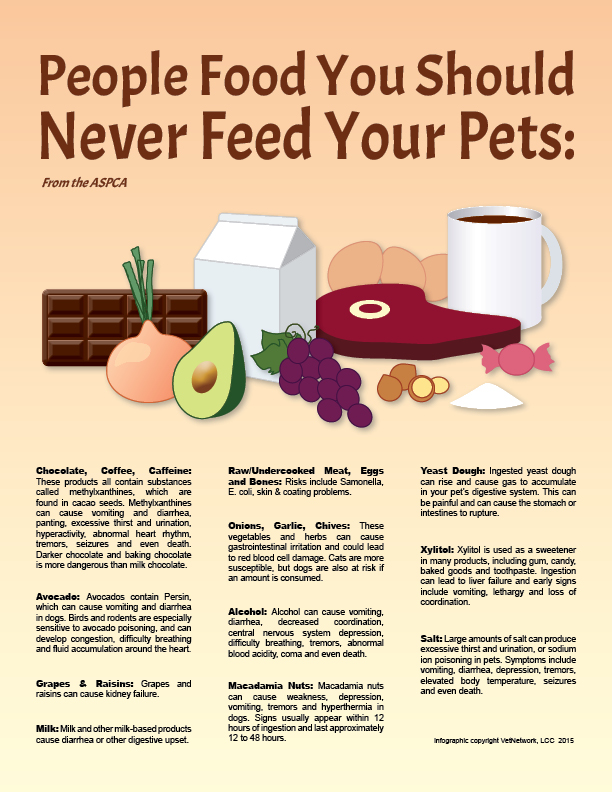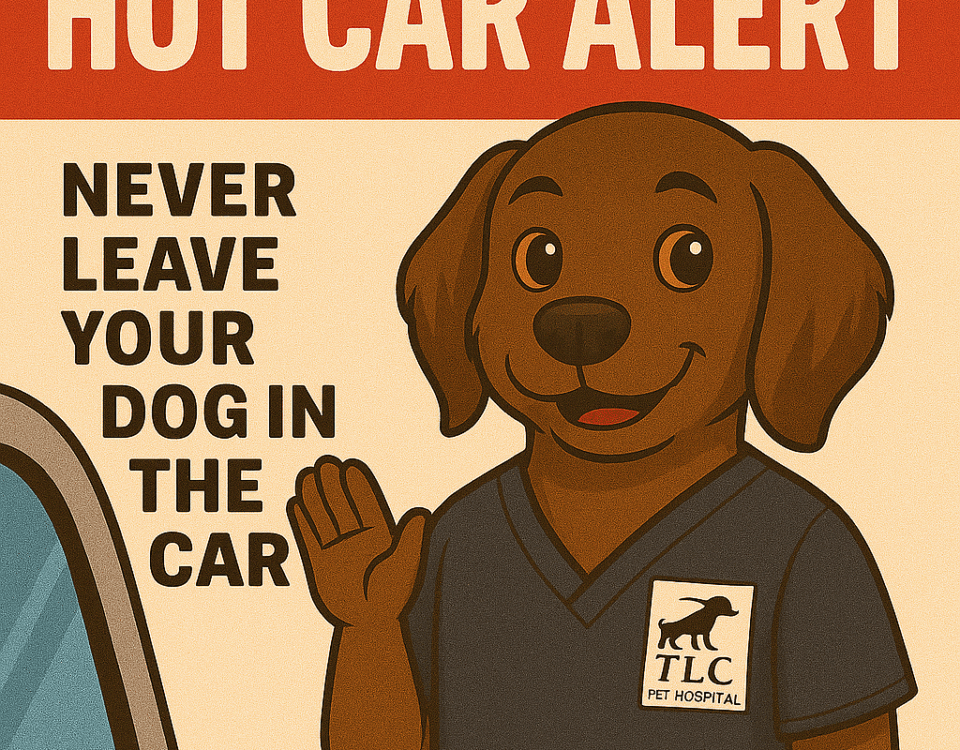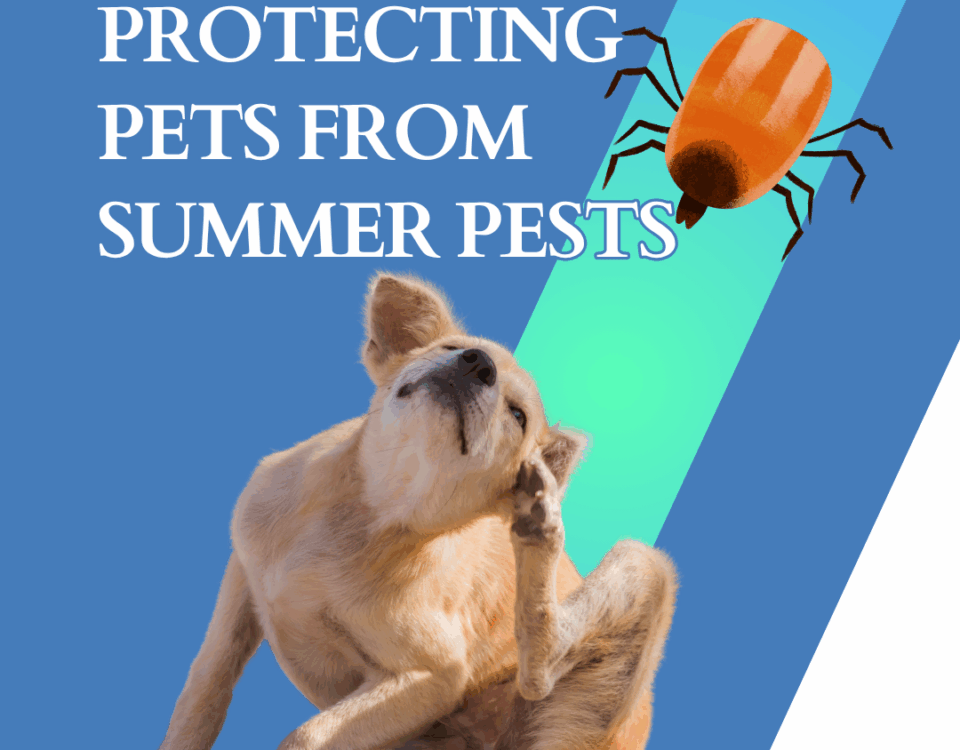10 Most Dangerous Foods
April 7, 2015Choosing A Dog Breed
April 14, 2015Being a pet parent is much more than just snuggling, face licks and playing fetch with your pet. There’s a lot to know about raising a healthy and happy pet, and there’s a lot of information to dig through, which can be overwhelming. But don’t worry, you’re not alone. We dug through our archives of articles and videos, and spoke with our in-house veterinarians to gather some of the best tips to help you and your family raise your pet:
- Include at-home dental care checks (brushing teeth, using dental chews, etc.) in your weekly routine, as well as regular dental exams and cleanings with your veterinarian.
How long would you go without brushing your teeth? Bacteria and food build up on your pet’s teeth just as they do on yours. We recommend daily brushing of your pet’s teeth, so buildup doesn’t have a chance to harden. If you’re short on time, a quick wipe with a Dental Clens Pad will help remove plaque between brushings.
- Check and clean your pet’s ears regularly.
Cleaning your pet’s ears should be a weekly ritual from a very young age. Cleaning ears and allowing adequate air circulation is especially important for dogs with long or floppy ears.
- Monitor food and water intake daily as significant changes can indicate a change in your pet’s health status.
- Be aware of your pet’s urination and defecation habits. Changes in frequency, consistency, etc., can indicate a change in your pet’s health.
Urinary incontinence is involuntary or uncontrollable leaking of urine from the bladder. In older dogs, especially spayed females, small quantities of urine may leak from the bladder while the dog is resting or sleeping. Treatment for incontinence is usually not difficult. Phenylpropanolamine (PPA) and estrogens, such as diethylstilbestrol, are commonly used.
- Check pets regularly for fleas and ticks, even if you use a flea and tick preventive.
An effective pest control program should include environmental treatment in addition to treating your pet. Inspect your pet before coming inside. Designate a flea and tick inspection area. A brightly lit mudroom or garage, preferably an area removed from the main entrance or living area, is a great place to inspect your pet after spending time outdoors.
A little extra time checking for fleas and ticks can be the difference between a comfortable home and a miserable flea infestation. If your dog or cat does get a tick, be sure you know how to remove a tick.
- Groom pets regularly to prevent matting, remove burs, etc.
The best way to build trust and make grooming a pleasurable bonding time for you and your pet is to brush your pet often, preferably daily. This prevents problem mats and tangles from developing. Always use a shampoo formulated for dogs. Human shampoos have a different pH level and often use harsher detergents than pet shampoos. You can do more damage than good if you use a human shampoo on pets.Do-it-yourself pet grooming should be an enjoyable experience for you and your pet.
- Do not use human products (medications, shampoos, etc.) without first consulting with your veterinarian.
Some human products are toxic to animals and may cause other problems as well.
- Be aware of significant changes in activity level.
We expect certain changes to occur in an animal’s body as the animal ages. Arthritis is a common occurrence in older dogs. As in people, arthritis in dogs may only cause a slight stiffness, or it can become debilitating. Dogs may have difficulty going up and down stairs, jumping into the car, or walking through snow.
As with muscles in people (if you do not use them, you lose them), older dogs who are inactive will lose muscle mass and tone. This may make it more difficult for them to move, so they move less, etc., and a vicious cycle starts. Exercise for an older dog is important for the health of the muscles, as well as the heart, digestive system, and attitude. Exercise routines can be adapted according to the dog’s abilities. Swimming and several short walks a day may help maintain and strengthen the dog’s muscles.
- Keep your pet’s nails trimmed.
We recommend you trim your dog’s nails a little bit every week to two weeks, depending on growth, to avoid possible snagging and tearing problems, which can be very painful for your pet.
- Do not feed your pet table food or scraps, especially fatty foods, bones or toxic foods.
The rich foods we eat can wreak havoc on our pet’s digestive tract. A simple, consistent diet keeps their system functioning as it should. Throw in your very different foods and spices, and don’t be surprised if your pet has bad gas, bad breath, loose stools, or other digestive dysfunction. There are plenty of other very good reasons to limit your handouts to treats made specifically for your pets.
- Know what foods are toxic to pets (chocolate, avocados, grapes/raisins, onions/garlic/chives, etc.).
Some foods which are edible for humans, and even other species of animals, can pose hazards for dogs because of their different metabolism. Some may cause only mild digestive upsets, whereas, others can cause severe illness, and even death. Keep a list of foods to avoid feeding your dog.
- Know the names of the houseplants you have in your house and if they are toxic to pets.
Pets, especially puppies and kittens, tend to explore their world by putting everything in their mouth. This may help them learn about their environment, but it can also be harmful. Many plants are dangerous. Some may cause vomiting or diarrhea while others may cause organ failure and death. Here’s a list of some of the more common poisonous plants.
Since you never know when an accident will happen, keeping a pet emergency kit at your home is a good idea. A smaller kit could be used in the car. You can put a first aid kit together yourself and buy the items separately, or buy one ready-made. If you make one yourself, use a small plastic tub with a tight-fitting lid to store the necessary items, including veterinary clinic phone numbers,gauze and triple antibiotic ointment for skin.
- All pets need exercise! Rotate toys to provide exercise and mental stimulation and prevent boredom for your pet.
Boredom is one of the leading causes of behavior problems in pets, including chewing and excessive barking. Fromrubber dog toys and rawhide chews and bones, a variety of toys is the best way to keep your dog happy and healthy.
Dog exercise is the key to good behavior and health. The outdoors provides a fresh and interesting environment to keep your pet’s mind active, alert, and off of behavior you’d rather not see.
http://www.dfs-pet-blog.com/2015/03/14-best-pet-care-tips/



